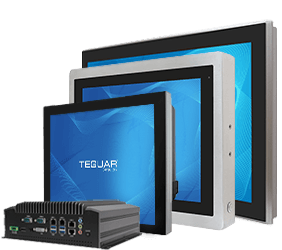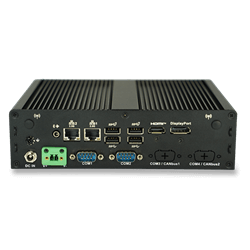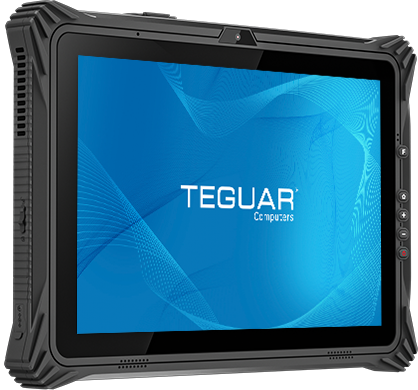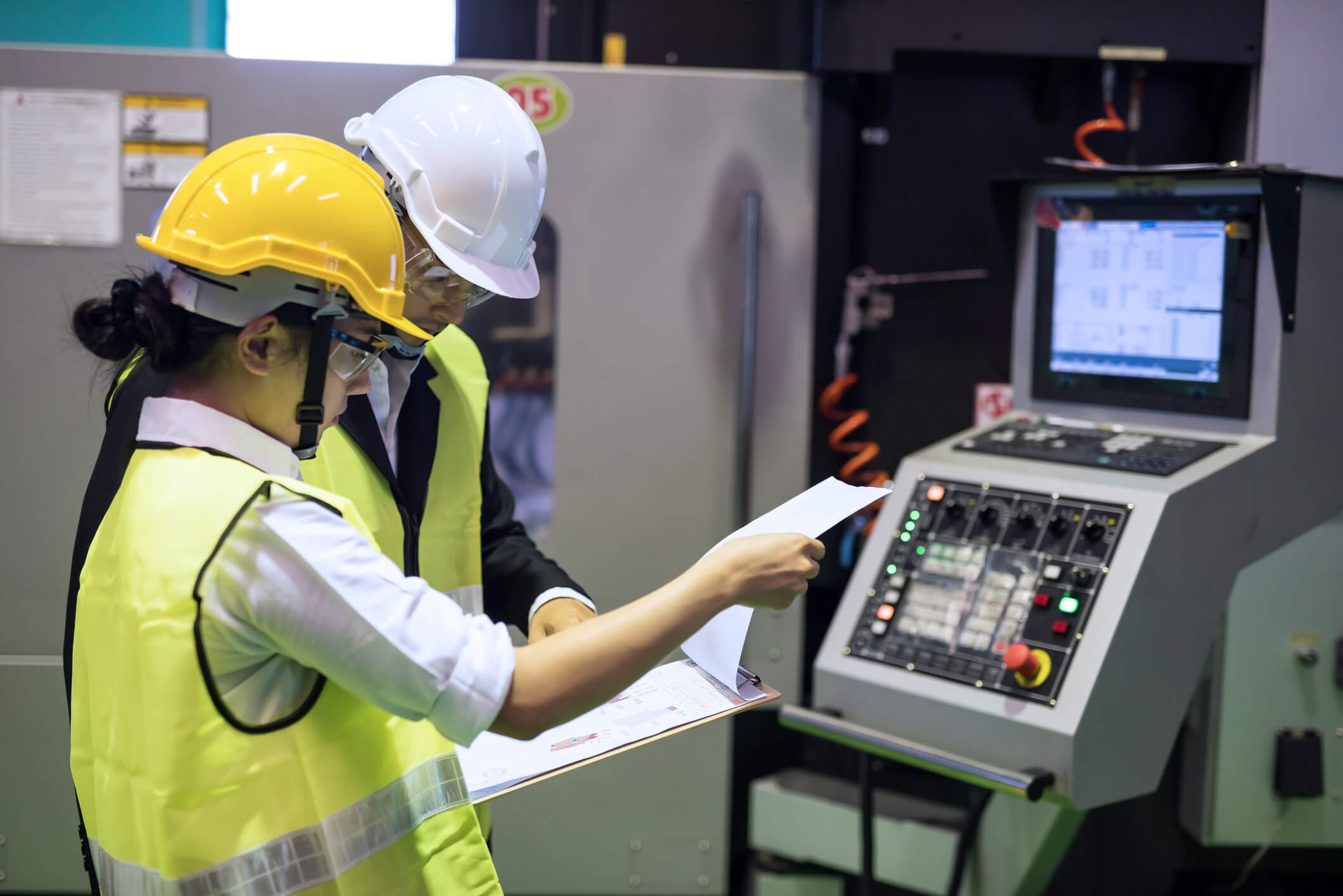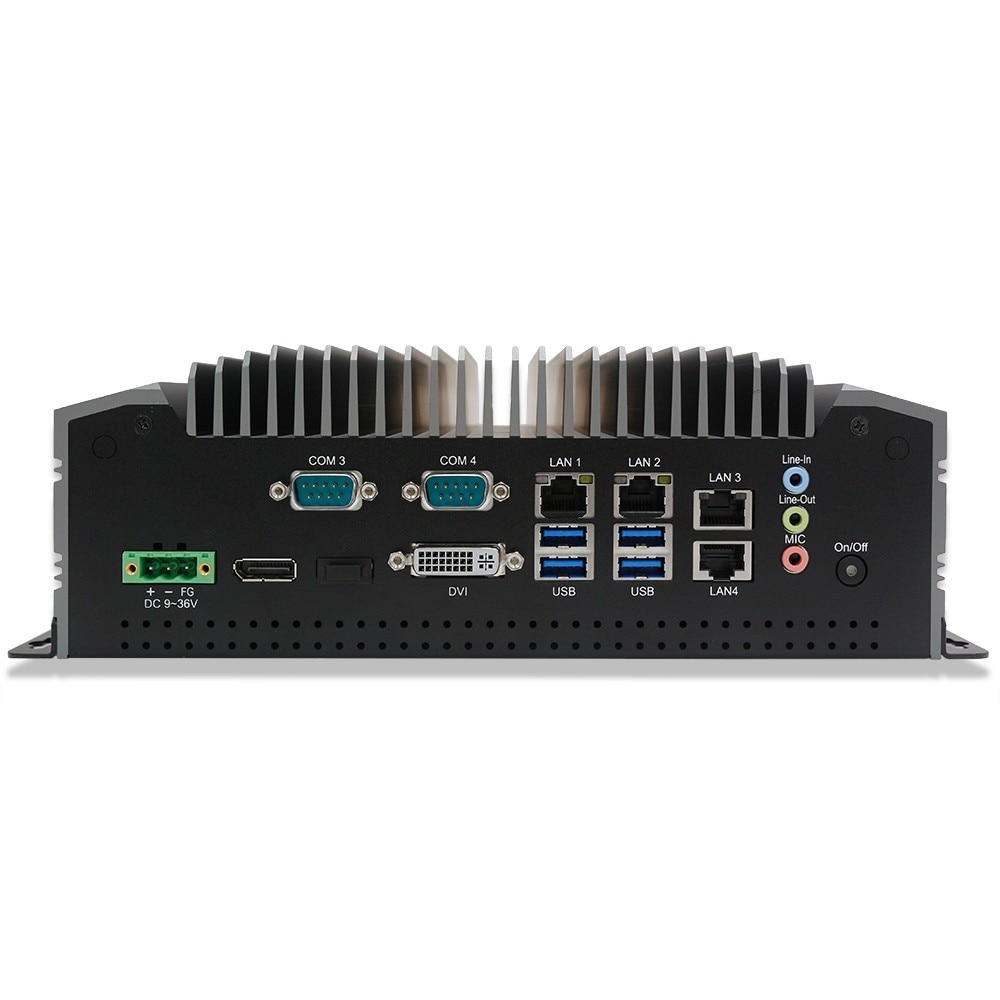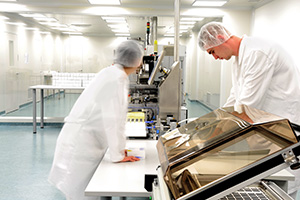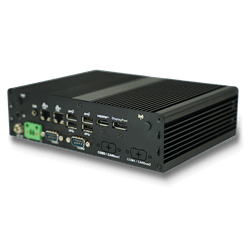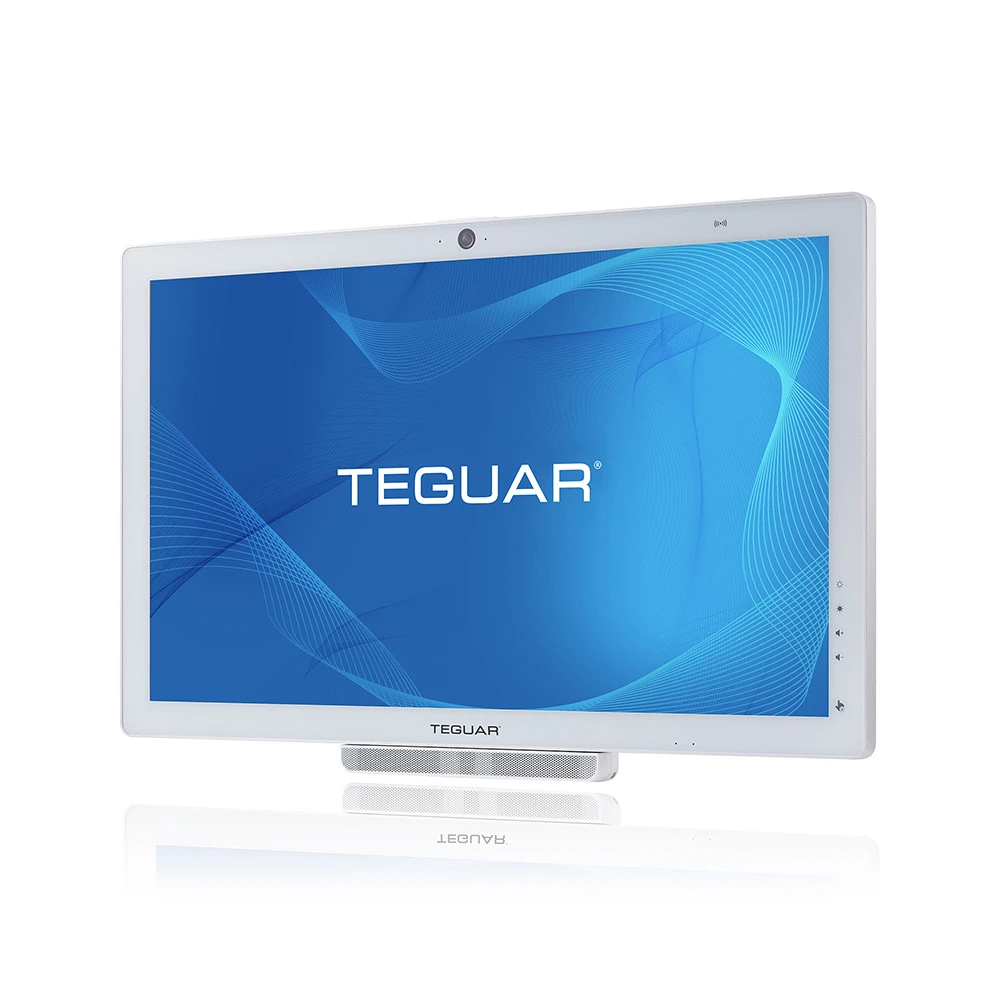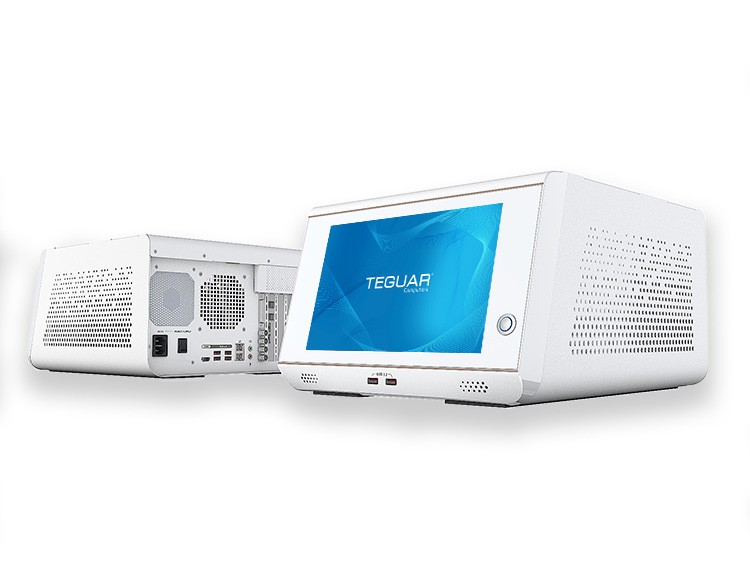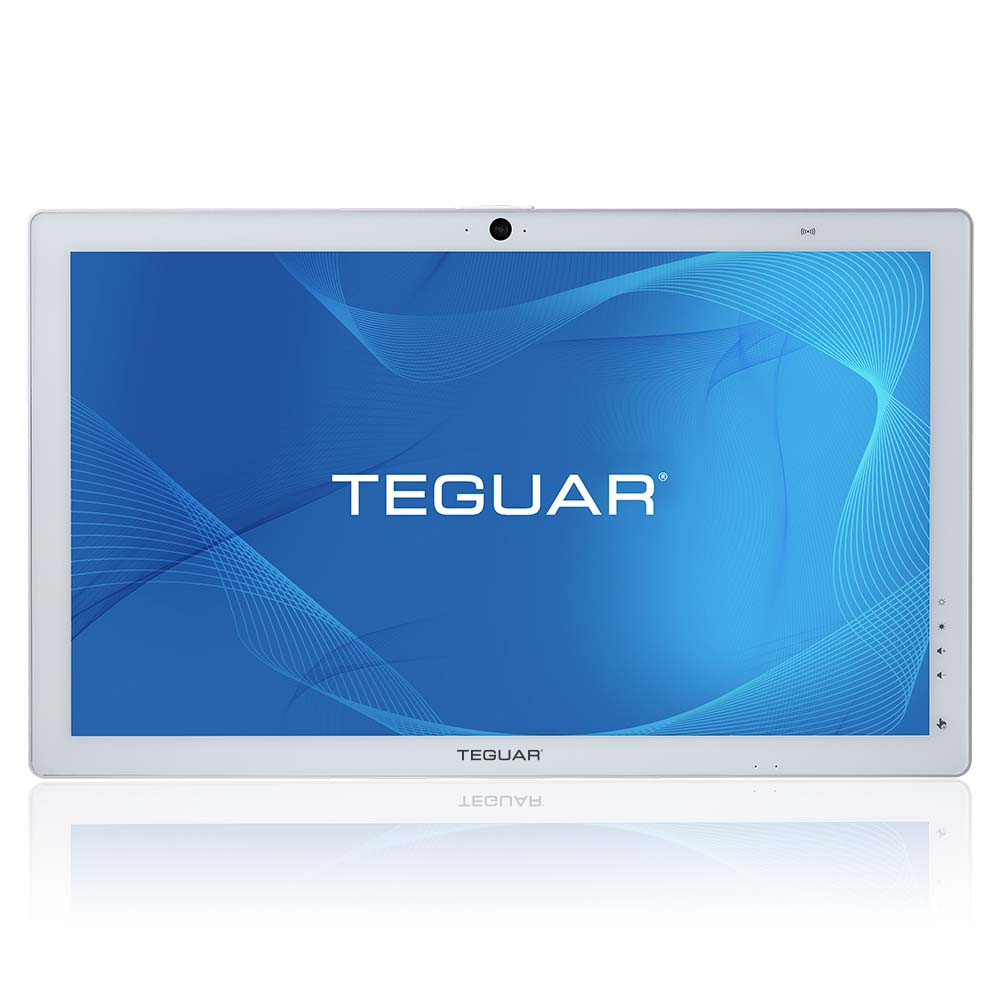What is Edge Computing?
Devices and sensors are positioned all around you, collecting massive amounts of data. Whether it’s a simple home security system or a gigantic smart factory, all of that data needs to be processed. If you try to send loads of data to the cloud, your network connection will slow down considerably. Instead, you can process some of that data locally, on a computer in the same building or even on the actual device that’s collecting the data. That’s edge computing: processing data close to where that data is actually captured.
After some, or most, of the data is processed, analyzed, filtered, etc., what is left can be sent to the network, which might be the cloud, a data center, or both. Once in the network, it might undergo further analysis or be put into storage. Edge computing is not meant to replace cloud computing, but to work in conjunction with it. The marriage of edge and cloud computing is called fog computing. By processing some of the data before it’s sent to the cloud, you improve speed, reliability and security.

In healthcare, an edge computer could be an all-in-one solution or a box PC. An all-in-one computer might be used at a nurse’s station to monitor multiple patients at once. Loads of patient data is sent to the computer, so the nurse can view patient vitals in real time. Some of that information, like average BPM or amount of medication administered, can be sent to the network, to be stored in the patient’s chart.
In transportation, a rugged mini PC is a good edge solution, because it delivers maximum impact in a small form factor. In a self-driving freight truck, the edge computer may be monitoring hundreds of metrics about the truck and what’s around it. If a car is passing the truck, the truck will wait to change lanes, until the car is safely ahead. If the truck is rerouted, due to construction, it can access the cloud to find the best alternate route.
Finally, in manufacturing, edge computers are usually fanless box PCs with high processing power and expandability. Machine vision is an application that benefits from edge computing, because images are taken, transferred, and analyzed, and a decision is made in a matter of milliseconds. All of that processing can be done on the edge computer, then data, such as number of defects, can be stored in the cloud. Box PCs with multiple expansion ports are beneficial for machine vision, because they can accommodate a high powered graphics card, an extra storage drive, or extra PoE ports, to power the cameras.
Learn more about benefits of edge computing and computer hardware requirements for edge computing, in our next articles, and visit our Edge Computing application page.
Contact us to discuss your edge project, or request a demo of one of our edge computers.


